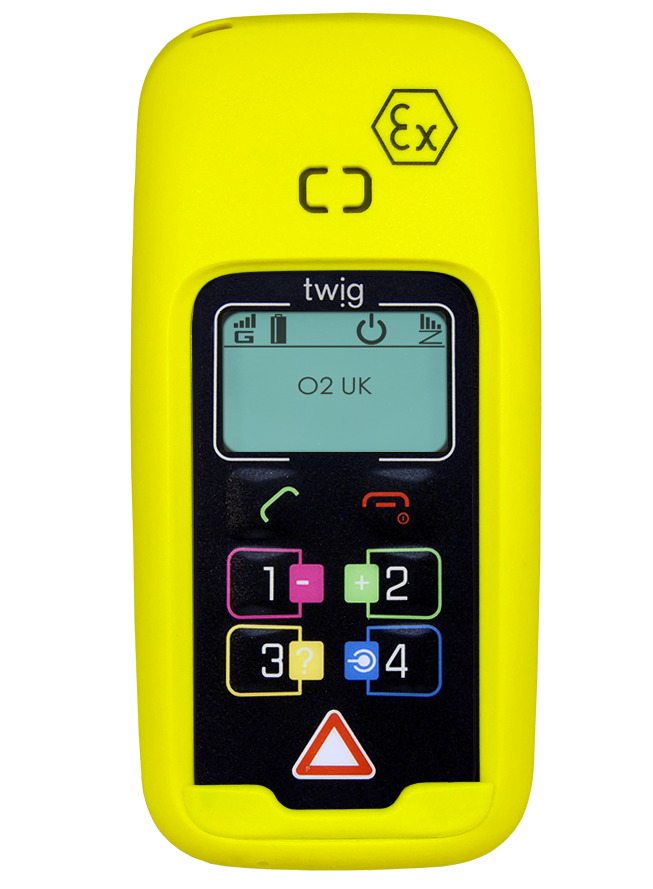Intrinsic Safety – Why Is It So Important
Employees across the UK face working in all different types of environments. Some find themselves working indoors within a controlled working space. Others however, carry out work in some of the UK’s most hazardous areas where the chances of an accident occurring are much higher.
Certain industries by nature involve employees working in and amongst areas where fire and explosion can occur. Airports, power stations and oil and gas instrumentations are just a few workplace environments that pose much higher risks. As a result, organisations within these sectors must ensure they have strict safety measures in place at all times to avoid an employee experiencing a dangerous incident.
How is this measured?
In terms of standards, the most commonly used in the UK for determining area extent and classification is BS EN 60079. Area classification is a method of analysing and classifying the environment where explosive gas atmospheres may occur. The main purpose is to facilitate the proper selection and installation of apparatus to be used safely in that environment, taking into account the properties of the flammable materials that will be present.
There are different levels of hazardous areas, some being more serious than others. In order to establish what safety measures to implement, hazardous areas are classified into zones based on an assessment of the frequency, occurrence and duration of an explosive gas atmosphere.
As stated by the HSE the zones are as follows:
- Zone 0: An area in which an explosive gas atmosphere is present continuously or for long periods.
- Zone 1: An area in which an explosive gas atmosphere is likely to occur in normal operation.
- Zone 2: An area in which an explosive gas atmosphere is not likely to occur in normal operation and, if it occurs, will only exist for a short time.
Safety failures in these industries
Around this time two years ago, one of the leading oil companies was fined £1.4m after an employee died in a fire at an oil plant. After investigation carried out by the Health and Safety Executive (HSE), it was unveiled that the fire was caused by release of crude oil.
Sentencing the firm, High Court Judge, Mrs McGowan said the failings were “substantial, obvious and avoidable”.
Peoplesafe’s solution to working in hazardous areas
As well as the usual risk assessments, staff training and standard safety protocol, it’s essential that organisations go above and beyond to protect those working in hazardous environments.
Peoplesafe’s lone worker service is there to protect all types of employees at just the touch of the button. The Twig Ex device is intrinsically safe, this means the device is limited in electrical and thermal energy to a level below that required to ignite a specific hazardous substance. Its design is highly durable and perfect for those working in explosive hazardous areas.
Explore Twig Ex
In an instance where a lone working employee suffers an incident with no one in close proximity, it is important that they have efficient backup. Alongside being accredited to the latest lone worker industry standards, BS 8484:2022, having fall detection, GPS feature and 2-way audio capability, the device is designed to be used in extreme conditions. The Twig Ex is shock and water resistant to the IP67 rating, therefore providing employees with round the clock support regardless of the conditions that they may face.
Sources https://www.omega.co.uk/technical-learning/understanding-what-is-meant-by-intrinsically-safe.html




